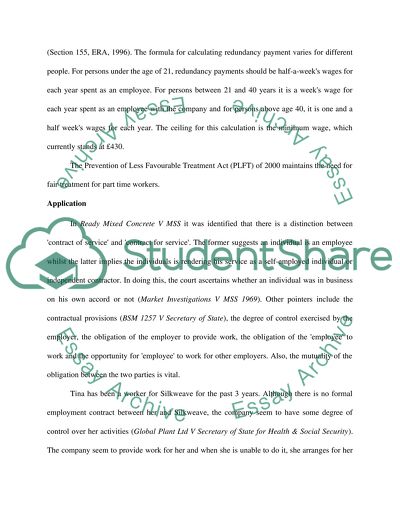Cite this document
(“Employment law Essay Example | Topics and Well Written Essays - 2750 words”, n.d.)
Employment law Essay Example | Topics and Well Written Essays - 2750 words. Retrieved from https://studentshare.org/law/1403684-employment-law
Employment law Essay Example | Topics and Well Written Essays - 2750 words. Retrieved from https://studentshare.org/law/1403684-employment-law
(Employment Law Essay Example | Topics and Well Written Essays - 2750 Words)
Employment Law Essay Example | Topics and Well Written Essays - 2750 Words. https://studentshare.org/law/1403684-employment-law.
Employment Law Essay Example | Topics and Well Written Essays - 2750 Words. https://studentshare.org/law/1403684-employment-law.
“Employment Law Essay Example | Topics and Well Written Essays - 2750 Words”, n.d. https://studentshare.org/law/1403684-employment-law.


